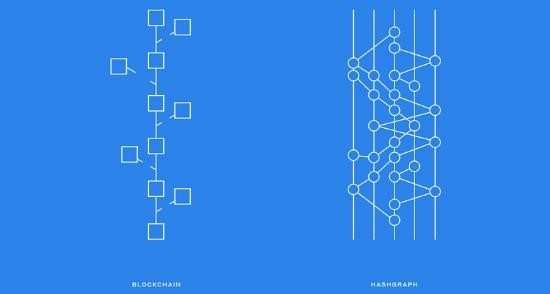Cryptocurrency investors have no shortage of options when it comes to coins to invest in: 18,636 are listed on CoinMarketCap.com as of this writing.
But 90% of the cryptos that exist today will never deliver worthwhile gains. Our biggest challenge, then, is sorting the coins that are worth your money - and we're here to help you do just that.
Many folks do this by looking at crypto rankings based on market cap, which is the value of the coin's total supply of tokens multiplied by the price. Coins with the most potential tend to rise on the list.
That's why the top 50 cryptos ranked on CoinMarketCap.com are mostly familiar names:
- Bitcoin (BTC) and Ethereum (ETH) at No. 1 and No. 2...
- Solana (SOL) and Cardano (ADA) in the top 10...
- Polkadot (DOT), Polygon (MATIC), NEAR Protocol (NEAR) in the top 20...
- Cosmos (ATOM) and Algorand (ALGO) in the top 30...
But finding the next breakout crypto requires digging a little deeper into some of the projects you may not have heard of yet.
The pick we have for you today is ranked #35 on the list above, and you can get it for just $0.25.
It's still relatively unknown, but is starting to make waves in the community with its "third-generation" public ledger that's powered by a patented hashgraph consensus algorithm.
With such promising technology at such a low price, we think it's well worth looking into.
Read on to find out why this under-the-radar penny coin could be your next big winner...
This Token Has Game-Changing Tech
Hedera (HBAR) is an enterprise-grade distributed public ledger built from the ground up to support applications at a Web 3.0 (or Web3) scale.
But it's not a blockchain; rather, in Hedera's proof-of-stake public network. Every transaction is added to the public ledger in the case of hashgraph - a patented consensus algorithm invented by Hedera co-founder and chief scientist Dr. Leemon Baird.
For hashgraph technology to work, it needs to know exactly how many nodes are in the network. It's not just centralized servers sitting in the same private network - when it does its testing, it has two servers sitting next to each other, sending messages back and forth.
On top of this network, Hedera allows users to build decentralized applications (dApps) using token services and consensus.

With its hashgraph consensus, Hedera is able to achieve the same results as the first and second-gen blockchains (Bitcoin and Ethereum, respectively) but is faster, fairer, more stable, and more energy efficient.
We're talking transaction speeds between three to five seconds and 100,000 transactions per second (can be scaled to 1,000,000 per second) with finality of under three seconds, making it one of the fastest distributed ledgers on the market today.

Clearly, Hedera's technology has big promise. But for a cryptocurrency to have real value, we need to look at its use cases - or what I call "Why Token?"
The Practical Side of HBAR
As we mentioned before, Hedera was built to support Web3 applications, and a number of dApps are being built on its network in advertising, agriculture, data and privacy, developer tools, digital collectibles, energy, enterprise services, and entertainment.
HBAR, the native token of the Hedera public network, is used for transaction fees to incentivize computing resources, as well as to secure the network through proof-of-stake consensus.
Another use case of Hedera is distributed file storage. Customers can securely store their files and documents on the network, provide and revoke access rights, and distribute their data as they please.
Hedera's future roadmap includes more updates to the network in terms of performance, scale, ecosystem, network, and decentralization. For example, integrating Smart Contracts 2.0 in the Hedera Token Service will make it easier and more flexible for developers and their end users seeking to tokenize and transfer assets on the network.
Hedera is already being used extensively by big names like Google, Boeing, IBM, LG, Standard Bank, and a number of other international corporations. The Hedera Governing Council is also made of high-value organizations, which boosts the outlook and prospects for the network.
When it comes to mass adoption of cryptocurrencies, we believe Hedera's technology will be a key factor in the tokenization of the world economy.
Hedera is one of many coins in what I like to call the "other" crypto market - lesser known tokens that you can get for pennies on the dollar compared to Bitcoin or Ethereum.
We call them "microcurrencies," but there's nothing "micro" about their potential returns. In fact, they're some of the best we've ever seen, easily beating the stock market.
We're talking potential returns of 75 to one, 211 to one... even 5,567 to one. This new class of game-changing cryptos is set to skyrocket, and we have all the details on them here...


